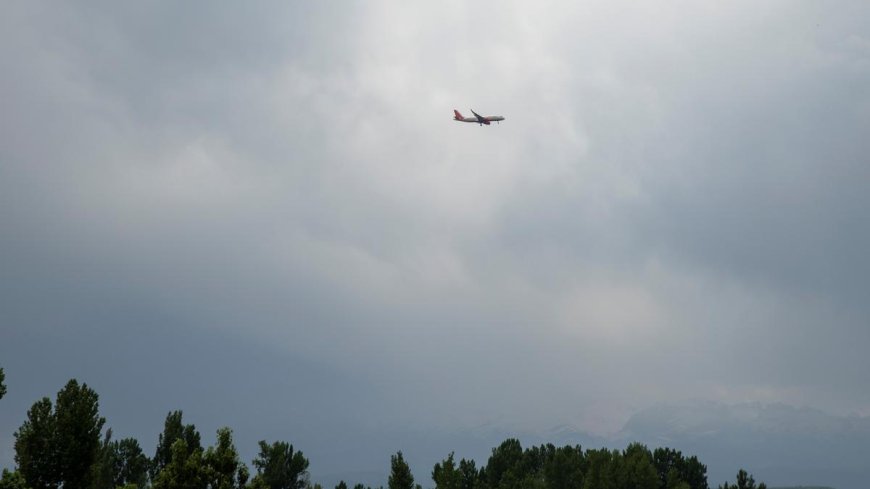Aircraft windows to be shut for flights using Defence airports

Aircraft Windows to be Shut for Flights Using Defence Airports
Breaking News, Daily Updates & Exclusive Stories - asarkari
The Directorate General of Civil Aviation (DGCA) has mandated a significant change in protocol for flights operating through Defence airports. This new directive, influenced by recommendations from the Ministry of Defence, requires that all aircraft windows be shut during operations at these strategically crucial airports. This decision reflects growing security concerns and operational efficiency within air traffic management.
Understanding the Directive
The DGCA's latest order targets airlines and operators, aiming to enhance safety measures at Defence airports where sensitive military operations may occur alongside civil aviation. By securing aircraft windows during takeoff and landing, authorities hope to mitigate risks associated with unauthorized visual access to the aircraft’s interior, particularly in contexts where national security is paramount.
Implications for Airlines and Passengers
The new regulation impacts airlines, their flight crews, and passengers alike. Airlines will need to redesign pre-flight safety briefings, focusing on ensuring that windows remain shut before departure and throughout landing procedures. Passengers will also bear responsibility, required to cooperate with flight attendants and security personnel to ensure compliance with the new policy.
This change, while primarily aimed at enhancing security, is also expected to evoke mixed reactions from frequent travelers. Some may appreciate the additional layer of safety, especially in today’s heightened security environment, whereas others might find flying in seemingly isolated conditions uncomfortable. However, the DGCA emphasizes that this preventive measure is crucial for protecting both civil and military aircraft operating concurrently in Defence airspace.
Analyzing the Security Context
Given recent trends, it’s clear that the global aviation sector has been under increased scrutiny regarding safety protocols. Nations such as India are keen to balance civil aviation growth with a robust emphasis on security, particularly surrounding military installations. The DGCA's decision to close aircraft windows is emblematic of a more profound recognition of the challenges that arise when civilian and defence sectors intersect.
In recent months, the increase in civilian air traffic near Defence airports has prompted authorities to reassess existing regulations. The initiative is not just about physical security but also about maintaining the integrity of military operations and capabilities. High visibility into aircraft compartments could potentially reveal sensitive data or equipment being transported by state and military carriers.
Conclusion
As this directive comes into effect, passengers, airlines, and fleet operators will need to navigate this change with diligence and efficiency. Embracing these measures is vital not only for enhancing security at Defence airports but also for ensuring that air travel continues to be reliable and safe. The DGCA’s proactive steps highlight its commitment to fostering a secure air travel environment in alignment with national defense priorities.
For ongoing updates and comprehensive coverage on aviation safety and regulations, visit asarkari.com.
Keywords:
Aircraft windows, DGCA order, Defence airports, aviation safety, Ministry of Defence, civil aviation, security measures, airline regulations, flight operations, military installationsWhat's Your Reaction?
 Like
0
Like
0
 Dislike
0
Dislike
0
 Love
0
Love
0
 Funny
0
Funny
0
 Angry
0
Angry
0
 Sad
0
Sad
0
 Wow
0
Wow
0









































